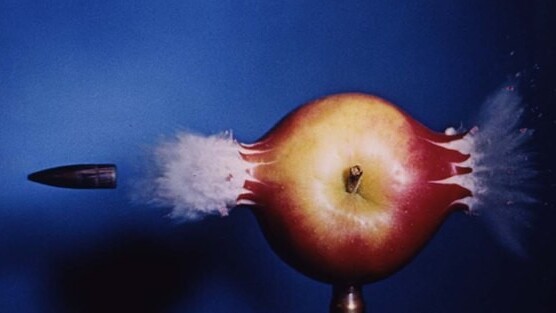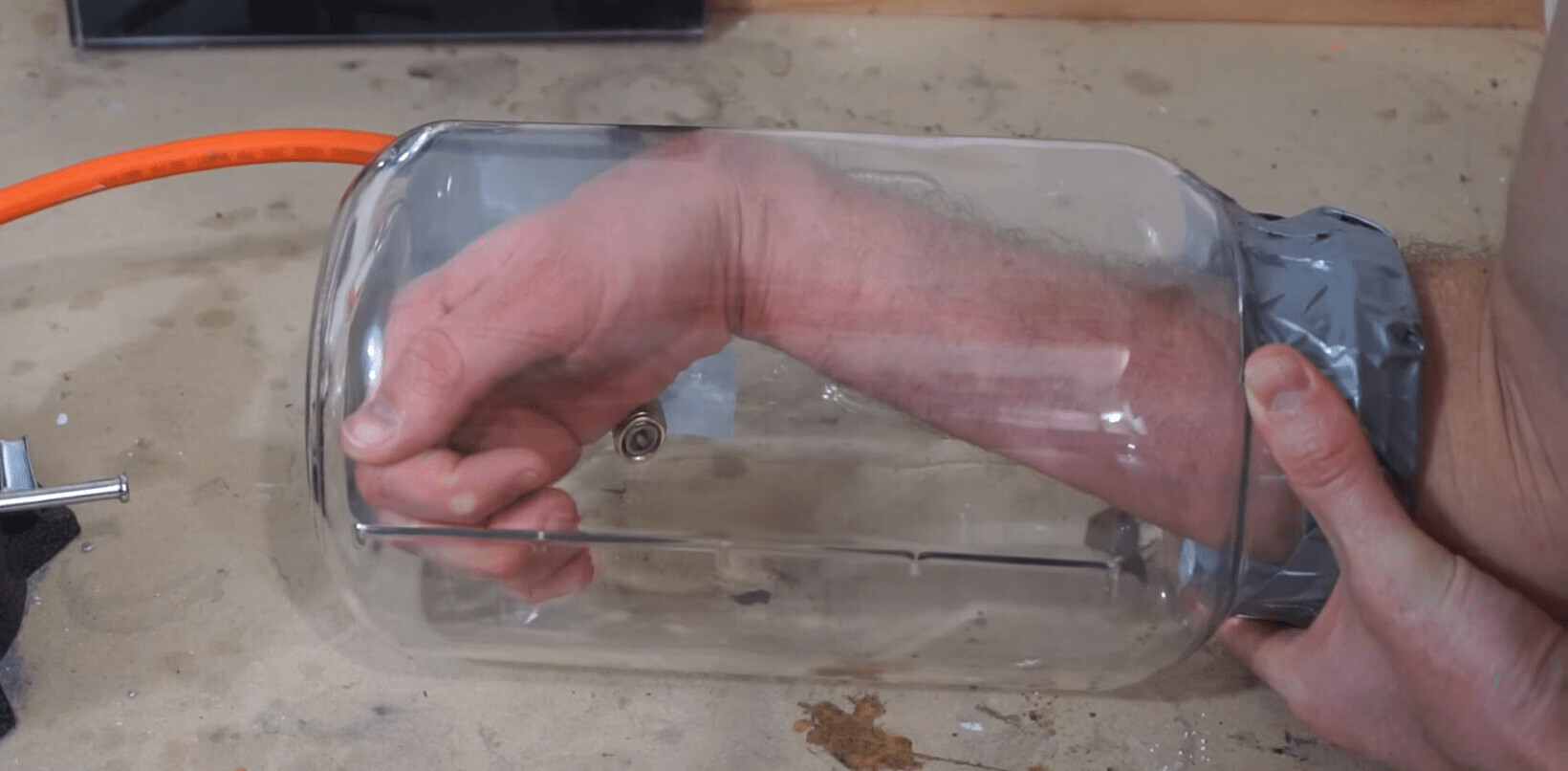
Slow motion is a useful vehicle for capturing some truly awesome things – lizards running across water, speeding bullets…and now light.
MIT researchers have created a new imaging system that can acquire visual data at a rate of one trillion exposures per second. If your physics is a little rusty, that’s fast enough to create a slow-motion video of light traveling through an object.
Direct recording of light at such a frame rate with sufficient brightness is nearly impossible, so the team use an indirect ‘stroboscopic’ method that combines millions of repeated measurements by careful scanning in time and viewpoints.

So, what could this technology be used for? “Such a camera may be useful in medical imaging, or in industrial or scientific use”, adds Raskar. “And in the future…maybe even for consumer photography.”
Here’s a video of Anreas Velten, Postdoctoral Associate at MIT Media Lab, explaining how the hi-tech imaging system works:
Get the TNW newsletter
Get the most important tech news in your inbox each week.





